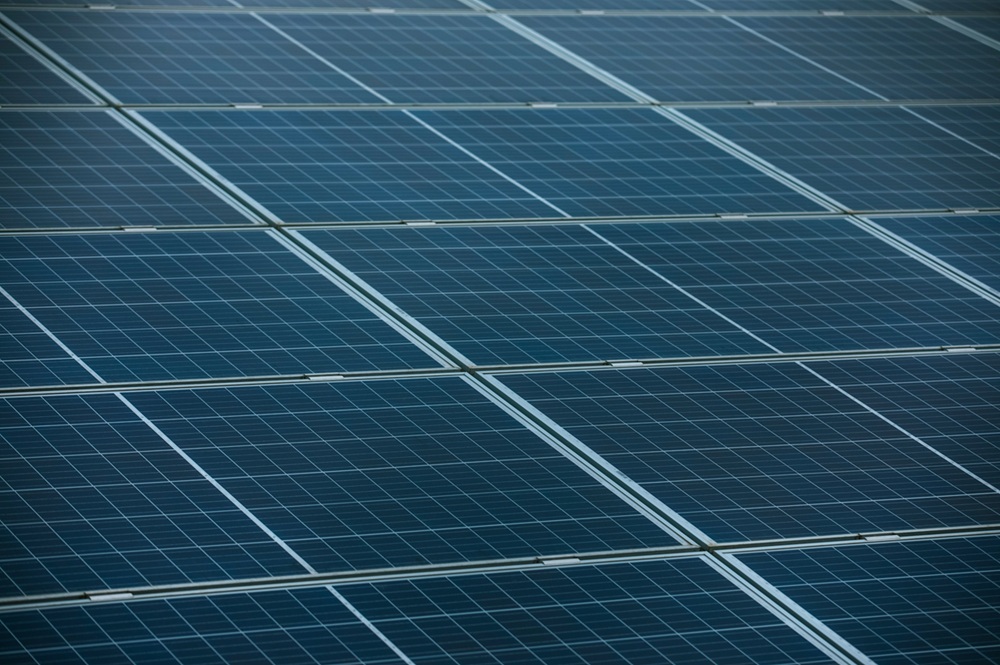The challenges of solar energy in Tajikistan
The country holds vast potential for the development of solar energy, yet it is still in the early stages of this journey. As a result, to heat water for tea, people often have to light a coal fire while waiting for a bit of electricity to arrive — electricity that is still rationed to just a few hours a day, especially during the winter.
Dushanbe (AsiaNews) – The rural regions of Tajikistan continue to suffer from severe electricity shortages, despite enjoying up to 330 sunny days a year. Installing solar panels in remote areas remains a challenge, making alternative energy sources an unaffordable luxury. Journalist Nargiz Khamrabaeva of Azattyk Asia set out to understand how locals manage to cope with these energy shortages and everyday hardships.
To boil a bit of water for tea, people here often have to start a coal fire, sometimes chop wood, all while waiting for electricity to arrive — if at all — in limited supply and for only a few hours a day, particularly in winter. Occasionally, there are success stories of effective energy transitions, such as a recently restored abandoned farm in Rudaki, not far from the capital Dushanbe. As project manager Ibodullo Rajabov recounts, it all began a year ago with the importation of 30 cows from Denmark. Today, the herd has grown to 60, including calves and a bull, as part of a plan to begin meat and cheese production — which is only viable with a stable electricity supply.
Despite the challenges, Rajabov explains, “The breeding and production processes cannot stop, not even for an hour — even in winter.” Milking machines, water systems for feeding, and pumps all require a continuous flow of electricity. The only solution was to install solar panels with directly connected battery storage. Today, the farm has 56 solar panels providing a total output of 35 kilowatts — enough to meet all operational needs. “Even on cloudy days, we can use the stored energy and only rarely need to connect to the grid,” Rajabov says. The investment was significant, but “it was worth it.”
Another example is a shelter for women victims of violence, located in the historic city of Gissar. This elegant two-storey building is run by an association founded in 2010 by local entrepreneur and social activist Mavjuda Khakimi. The shelter can host up to 20 women and their children for three months, providing a safe space to recover from abuse and prepare for independent work, particularly in the textile sector. Dozens of women benefit from this support each year. The shelter also includes a kitchen workshop where traditional flatbreads and national dishes are made — sometimes even for tourists — bringing in modest income to help support the initiative.
The shelter does not receive public funding and relies on short-term project grants, including from some UN programmes, which enabled the installation of solar panels on the roof two years ago. Mavjuda explains, “This allowed us to reduce our electricity expenses by 30–40%,” saving around per month after an investment of over ,000. International funding has since been extended to other buildings in Gissar, owned by individuals willing to participate in meaningful social projects, transforming the lives of people in the ancient Tajik town — now considered a model of sustainable energy progress.
Farkhod Abdurakhmonov, a Tajik expert from the International Union for the Conservation of Nature, notes that “without loans and subsidies on favourable terms, it will not be possible to transition to truly green energy production. Tajikistan has enormous potential for solar energy development, but we are only at the beginning of this journey.” The country has announced major upcoming projects, including 200-megawatt plants in the Sughd region and the southwest. According to the expert, “State support is becoming increasingly significant,” offering the people of Tajikistan genuinely sunny prospects for the future.
11/08/2017 20:05







.png)










